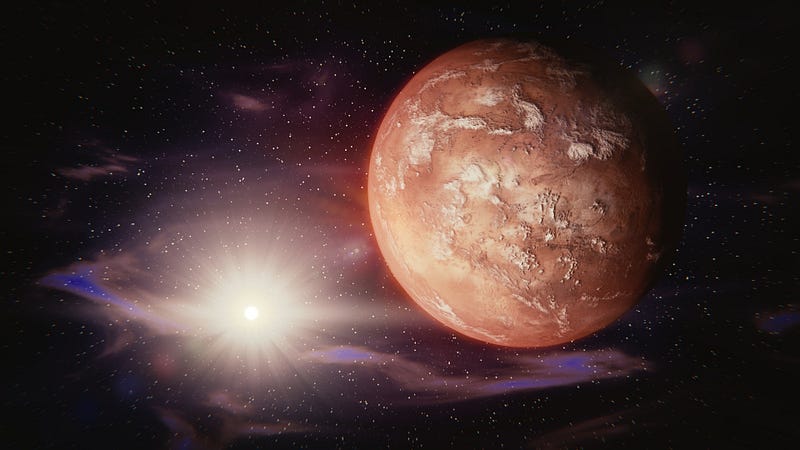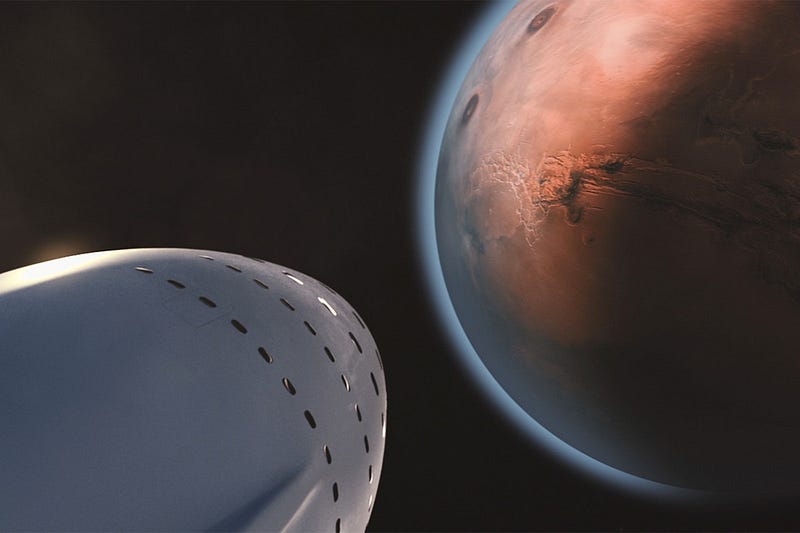Astronauts and the Hidden Risks of Space Travel: A Closer Look
Written on
Chapter 1: The Impact of Space on the Human Body
Space travel brings about significant physiological changes. Astronauts experience a reduction in muscle mass and density, while bodily fluids behave in unexpected ways. The exposure to cosmic radiation raises concerns about the potential onset of Alzheimer’s disease. Prolonged missions can lead to the expansion of brain tissue, which raises several alarming questions. Unfortunately, limited research has focused on our brain's structure and the surrounding cerebrospinal fluid.
Upon returning from the International Space Station, astronauts often face various health issues. One notable condition is known as "Spaceflight Associated Neuro Ocular Syndrome (SANS)," which remains poorly understood. Affected individuals report diminished vision post-flight, with symptoms that can persist for years. This syndrome is characterized by swelling of the optic disc and elevated intracranial pressure.
Section 1.1: Research into Astronaut Health
A team of researchers initiated a study aimed at understanding these phenomena better. They analyzed astronauts' brains using MRI scans conducted both before and after missions, which averaged 165 days for long missions and 13 days for shorter ones.
Physicians interpreted the scans to identify any shifts in brain tissue and constriction of the cerebrospinal fluid spaces, specifically noting the central sulcus—a significant fissure that separates areas responsible for motor control and sensory processing.
The scans indicated a notable upward shift of brain tissue against the cranial vault and a reduction in the space allocated for cerebrospinal fluid after extended missions. Interestingly, only one astronaut showed evidence of this constriction in the short-term assessments. Such changes are not entirely unexpected, given that our bodies are evolutionarily adapted to Earth's gravitational forces.
Subsection 1.1.1: The Effects of Microgravity

The absence of gravity leads to increased pressure in the blood flow directed towards the head. While cerebrospinal fluid is crucial for supporting both the brain and spinal cord, its behavior differs in microgravity conditions.
SANS exemplifies a situation where further investigation is essential. Currently, scientists remain uncertain about the implications of the observed narrowing, whether it affects cerebrospinal fluid dynamics, or if it exerts additional pressure on brain tissue.
Section 1.2: Ongoing Investigations by NASA
NASA is actively conducting numerous studies to explore how space travel influences the brain, including aspects such as motor coordination and multitasking capabilities.

So, do astronauts experience blindness as a result of SANS? While instances are infrequent, they may face challenges in visualizing Mars.
Thank you for engaging with this article! If you found this information intriguing, feel free to check out my other work.